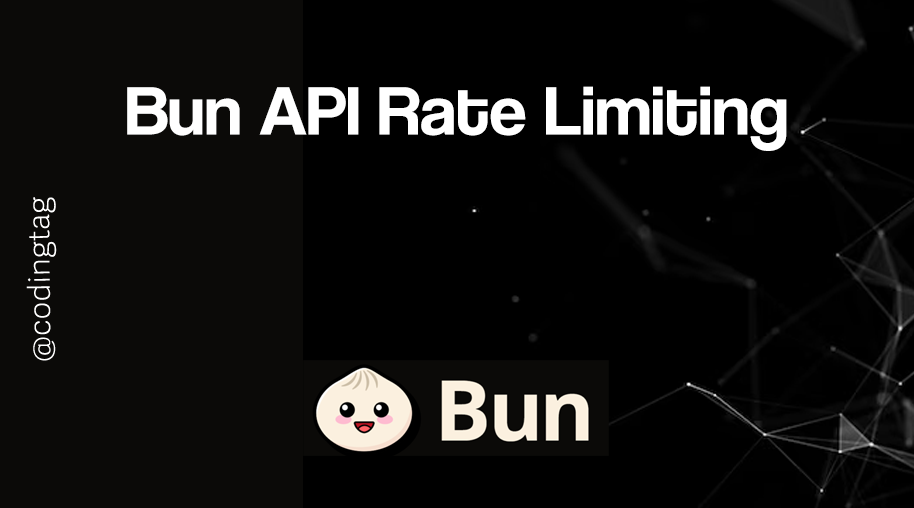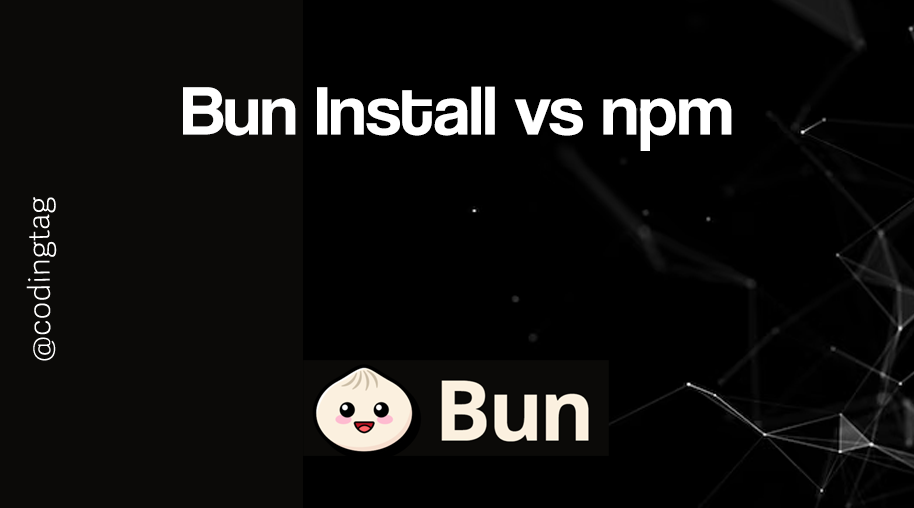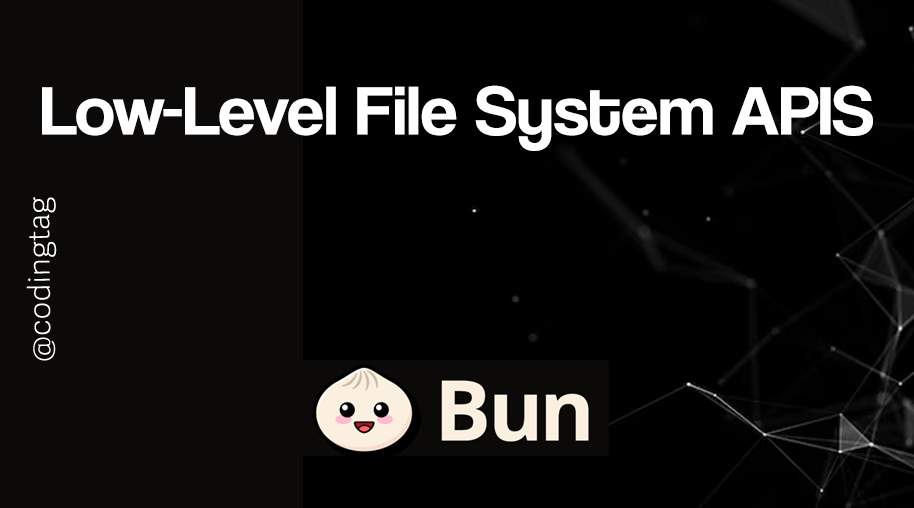Bun in CI/CD Pipelines
0 625
🚀 Introduction to Bun in CI/CD Pipelines
Bun has taken the JavaScript world by storm with its ultra-fast runtime, built-in bundler, and native TypeScript support. But beyond local development, Bun can also significantly speed up Continuous Integration and Continuous Deployment (CI/CD) workflows.
In this tutorial, we'll explore how Bun fits into modern CI/CD pipelines, and how you can leverage it for faster builds, tests, and deployments.
⚙️ Why Use Bun in CI/CD?
Traditionally, tools like Node.js and npm/yarn dominate CI/CD setups. However, Bun brings some serious advantages:
- Speed: Bun installs dependencies and runs scripts faster than npm/yarn.
- Built-in Tools: Comes with its own bundler, test runner, and transpiler.
- Lightweight: Reduces third-party tooling requirements.
- Native TypeScript Support: No need for external compilers like
tsc.
🔧 Setting Up Bun in a CI Pipeline
Let’s see how to set up Bun in a basic GitHub Actions CI workflow.
name: CI with Bun
on:
push:
branches: [main]
pull_request:
branches: [main]
jobs:
test:
runs-on: ubuntu-latest
steps:
- name: Checkout Repository
uses: actions/checkout@v3
- name: Install Bun
run: curl -fsSL https://bun.sh/install | bash
- name: Add Bun to PATH
run: echo 'export PATH="$HOME/.bun/bin:$PATH"' >> $GITHUB_ENV
- name: Install Dependencies
run: bun install
- name: Run Tests
run: bun test
This setup does everything: installs Bun, installs your dependencies using Bun, and runs your tests using Bun’s built-in test runner.
All of it executes faster than traditional setups.
📦 Caching Bun Dependencies
To make CI even faster, we can cache Bun's dependencies:
- name: Cache Bun
uses: actions/cache@v3
with:
path: ~/.bun/install/cache
key: ${{ runner.os }}-bun-${{ hashFiles('bun.lockb') }}
restore-keys: |
${{ runner.os }}-bun-
This step will significantly reduce install time by avoiding unnecessary downloads.
🚚 Deployment Using Bun
After testing your code, you might want to deploy it. With Bun's built-in bundler and native support for full-stack apps, you can easily integrate deployment commands:
- name: Build Project
run: bun run build
- name: Deploy
run: bun run deploy
You can adapt these commands based on your preferred cloud provider like Vercel, Netlify, or a custom server.
🧪 Example: Testing a Bun App in CI
Here's a sample bun.test.ts to test in the pipeline:
import { expect, test } from "bun:test";
test("adds two numbers", () => {
expect(1 + 2).toBe(3);
});
This test will automatically run when your CI workflow hits the bun test command.
🛠️ Tips for Using Bun in Production CI/CD
- Use Bun Lockfile: Commit
bun.lockbto ensure consistent installs. - Run in Docker: Use Bun in Docker containers for isolated environments.
- Use Linting: Though Bun lacks built-in linting, you can still run tools like ESLint alongside.
📈 Conclusion: Modern CI/CD with Bun
Incorporating Bun into your CI/CD pipelines can drastically improve performance, reduce dependencies, and streamline your workflows. Whether you’re running tests, building, or deploying, Bun offers a modern, fast, and all-in-one toolchain that fits perfectly into DevOps pipelines.
As more tooling evolves around Bun, expect it to become a first-class citizen in CI/CD environments.
Make the switch, speed things up, and enjoy a smoother developer experience with Bun in your CI/CD!
If you’re passionate about building a successful blogging website, check out this helpful guide at Coding Tag – How to Start a Successful Blog. It offers practical steps and expert tips to kickstart your blogging journey!
For dedicated UPSC exam preparation, we highly recommend visiting www.iasmania.com. It offers well-structured resources, current affairs, and subject-wise notes tailored specifically for aspirants. Start your journey today!

Share:






Comments
Waiting for your comments